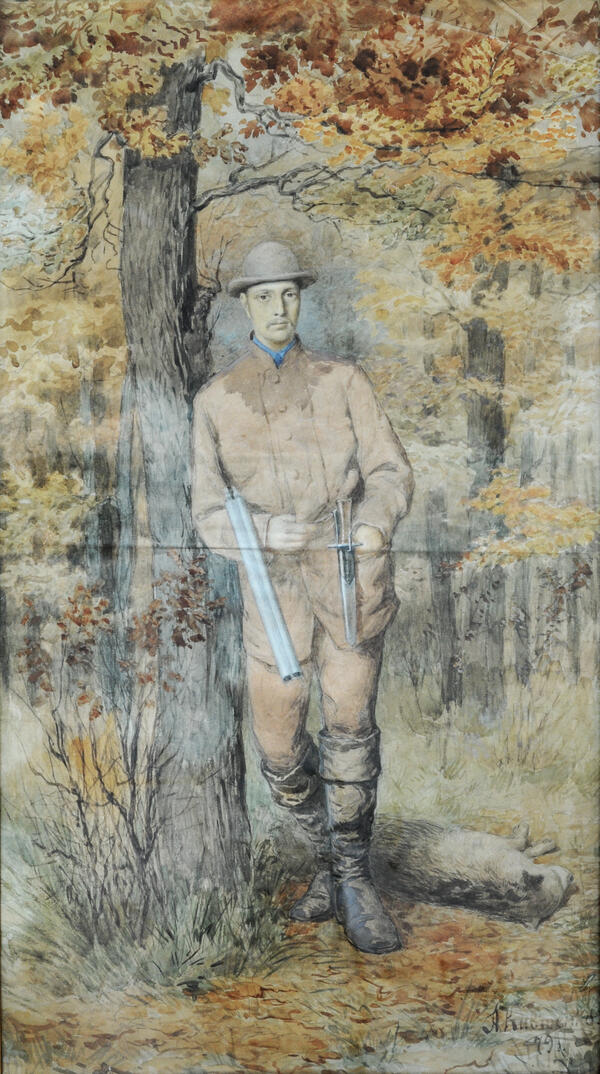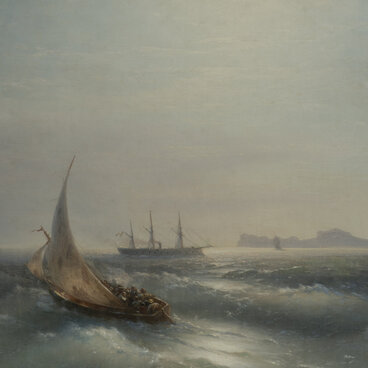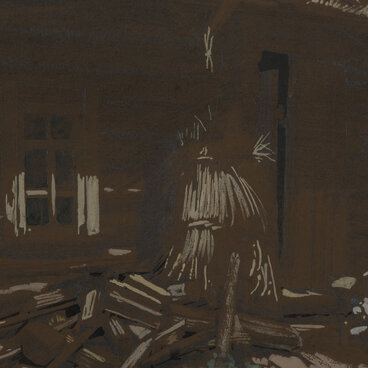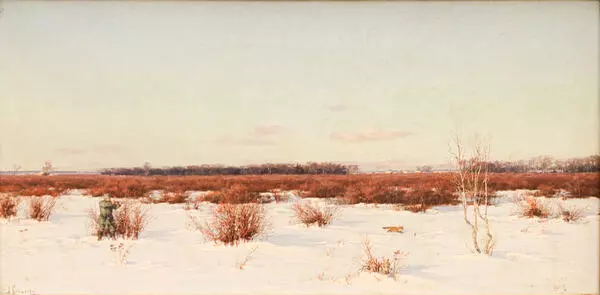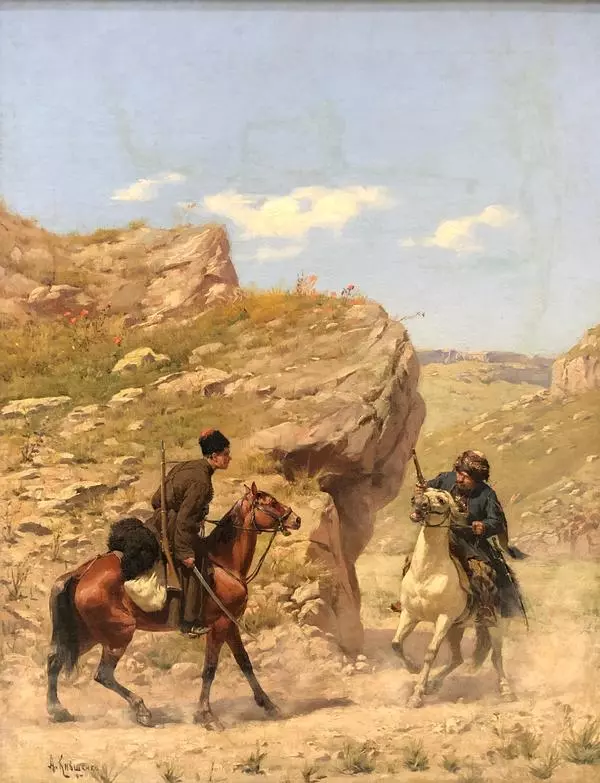The Ostrogozhsk Museum of History and Art houses the “Portrait of Chertkov” — a watercolor by Alexei Danilovich Kivshenko.
The creative path of Alexei Kivshenko is similar to that of his other prominent contemporaries — Ivan Kramskoy, Alexei Korzukhin, and Nikolai Koshelev. Born into peasant families, they were of the same origin. Luck often favored the talented man from Tula Governorate whose artistic talent was promoted by the warm atmosphere in his family.
At the beginning of his career, the future artist graduated from the medicine and surgery academy, but his life of art happened to be stronger, and in 1860, Alexei started studying under Ivan Kramskoy at the Drawing School of the Society for the Encouragement of the Arts in St. Petersburg. A talented student, Kivshenko joined the class of historic painting and over several years received six silver and gold medals for his drawings and paintings inspired by biblical scenes.
In 1877, Alexei Kivshenko was awarded the title of a classed artist, 1st rank, and three years later, he received a stipend from the Academy to travel abroad. Alexei Kivshenko dedicated himself wholeheartedly to teaching. He is known for his brilliant large-scale historical paintings: “The Council at Fili” inspired by Leo Tolstoy’s novel “War and Peace”, “Taking Ardahan by Storm”, and “The Last Battle of Shipka”. In 1884, for his creative success, he was awarded the title of a member of the Academy of Arts, and later he became the professor and head of its Higher Arts College.
It is no coincidence that Alexei Kivshenko decided to portray Vladimir Chertkov. Kivshenko was a true fan of Leo Tolstoy, illustrated many of his works, and was passionate about everything associated with the great writer. Vladimir Grigoryevich Chertkov was Leo Tolstoy’s friend and secretary and remained his closest associate and employee until the last days of the writer’s life.
Moreover, Chertkov, who was also an opinion writer, an editor, and a public figure, came from the Ostrogozhsk land. A gentleman by birth, between 1881 and 1888, he lived in the Lizinovka village, Ostrogozhsky Uyezd. He often visited neighboring villages and participated in the local political, cultural, educational, and philanthropic activities.
The creative path of Alexei Kivshenko is similar to that of his other prominent contemporaries — Ivan Kramskoy, Alexei Korzukhin, and Nikolai Koshelev. Born into peasant families, they were of the same origin. Luck often favored the talented man from Tula Governorate whose artistic talent was promoted by the warm atmosphere in his family.
At the beginning of his career, the future artist graduated from the medicine and surgery academy, but his life of art happened to be stronger, and in 1860, Alexei started studying under Ivan Kramskoy at the Drawing School of the Society for the Encouragement of the Arts in St. Petersburg. A talented student, Kivshenko joined the class of historic painting and over several years received six silver and gold medals for his drawings and paintings inspired by biblical scenes.
In 1877, Alexei Kivshenko was awarded the title of a classed artist, 1st rank, and three years later, he received a stipend from the Academy to travel abroad. Alexei Kivshenko dedicated himself wholeheartedly to teaching. He is known for his brilliant large-scale historical paintings: “The Council at Fili” inspired by Leo Tolstoy’s novel “War and Peace”, “Taking Ardahan by Storm”, and “The Last Battle of Shipka”. In 1884, for his creative success, he was awarded the title of a member of the Academy of Arts, and later he became the professor and head of its Higher Arts College.
It is no coincidence that Alexei Kivshenko decided to portray Vladimir Chertkov. Kivshenko was a true fan of Leo Tolstoy, illustrated many of his works, and was passionate about everything associated with the great writer. Vladimir Grigoryevich Chertkov was Leo Tolstoy’s friend and secretary and remained his closest associate and employee until the last days of the writer’s life.
Moreover, Chertkov, who was also an opinion writer, an editor, and a public figure, came from the Ostrogozhsk land. A gentleman by birth, between 1881 and 1888, he lived in the Lizinovka village, Ostrogozhsky Uyezd. He often visited neighboring villages and participated in the local political, cultural, educational, and philanthropic activities.

